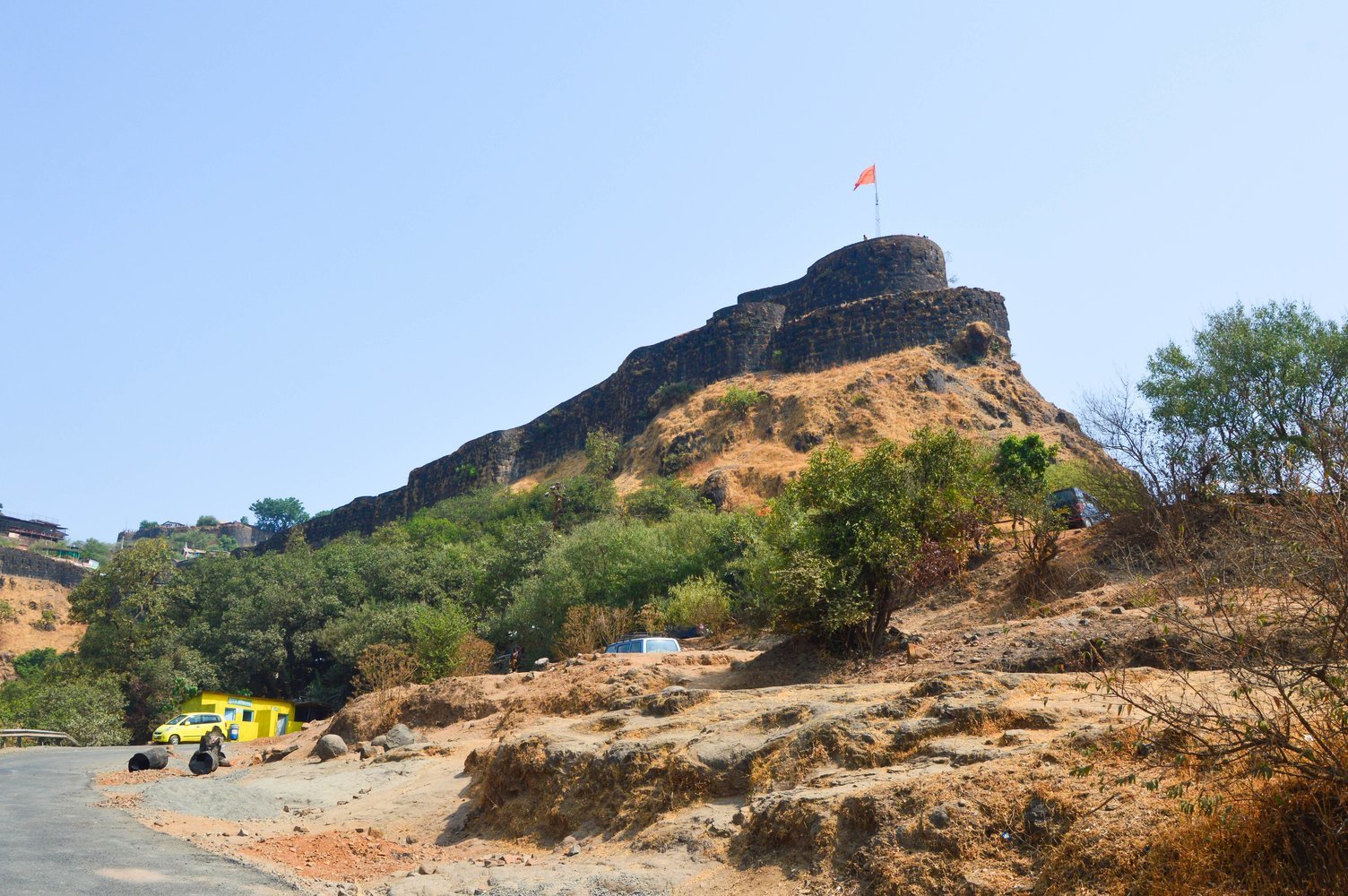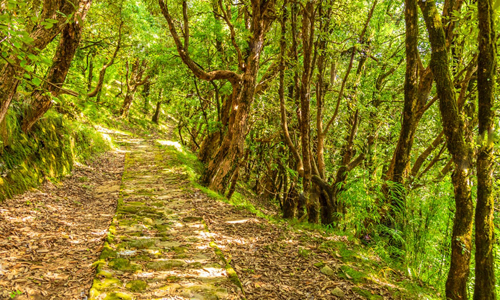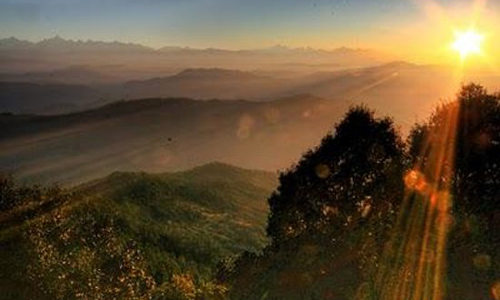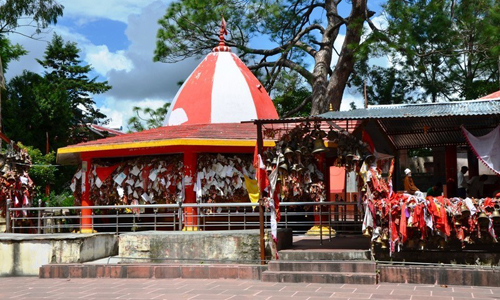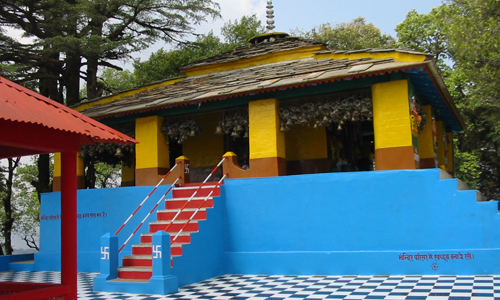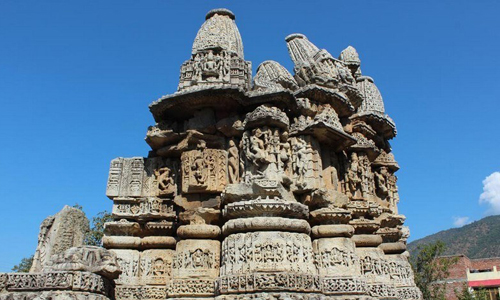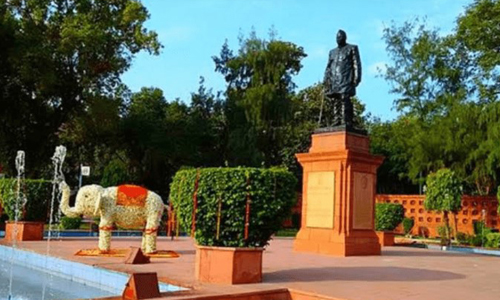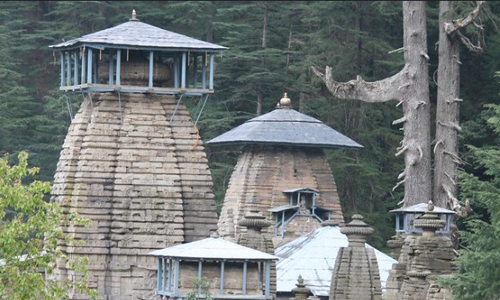Known as Bara Aditya temple, Katarmal Temple is a stunning Surya temple. Katarmal is 2,116 meters above sea level. Passing Matela and Hawalbagh near the Kosi River requires over three kilometers of hiking. The unique quality of the Katarmal Temple is that it is the only Sun temple in Kumaon. The Temple's beautiful architecture makes it worth visiting on your ALMORA TOUR PACKAGE.
This exquisitely carved Temple in Almora is around eight centuries old. It is amidst the Kumaon highlands' breathtaking scenery and deodar woods. This historic building honouring the god of the sun is among the best of its kind.
Even after all these years, it remains the village's spiritual hub and a significant place of devotion. It draws worshippers from all over the nation, particularly during the yearly Chhath Puja festivities. Katarmal sun temple is famous among the places to visit in Almora.
Why is Katarmal Sun Mandir famous?
It appears to be older than 800 years and has great historical importance. The Temple's elaborate sculptures are well-known. Not only is the Katarmal Sun Temple a historically significant structure, but it also showcases exquisite sculpture.
What is the style of architecture of the Temple?
The Katyuri rulers, a Hindu Rajput dynasty, controlled the area in the ninth century. He is responsible for constructing the Katarmal Temple and almost 400 other temples in Uttarakhand alone. Built by Katarmalla, this Temple is a large structure with a shrine honouring Burhadita. It is also famous as Vikramaditya, an ancient sun deity avatar.
Forty-four smaller temples are built around it, all built at different times. With the belief that gods carried them, enormous stones were put in Kumaon temples instead of bricks. Considering the time before asphalt roads came into being, it is an impressive accomplishment.
Kumaon temples used massive stones instead of bricks, believed to be transported by gods. The Pandavas constructed many temples, with one being among the largest and tallest in Kumaon. The Nagara architecture style is believed to have been used.
The Temple's exquisitely carved wooden pillars and doors were removed from the premises. It was moved to the National Museum in Delhi following the theft of a precious idol from the tenth century.


